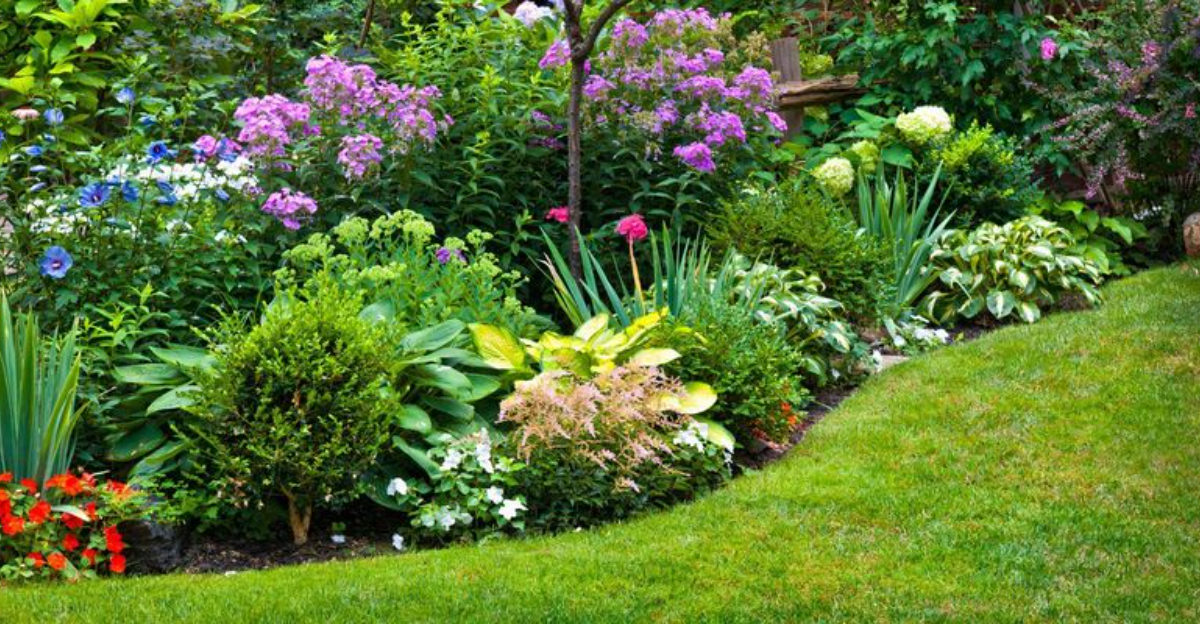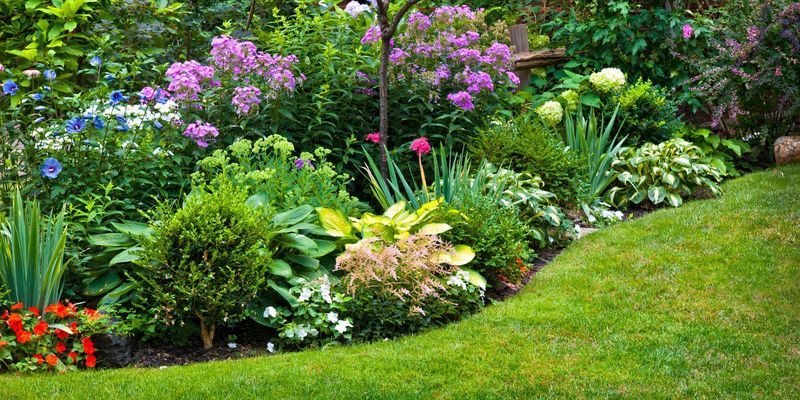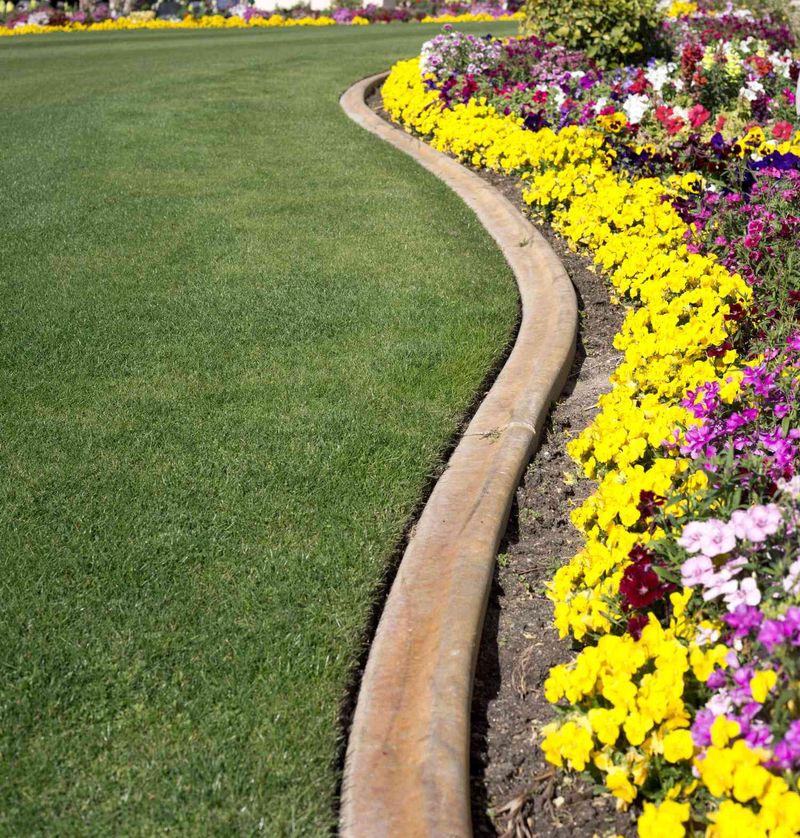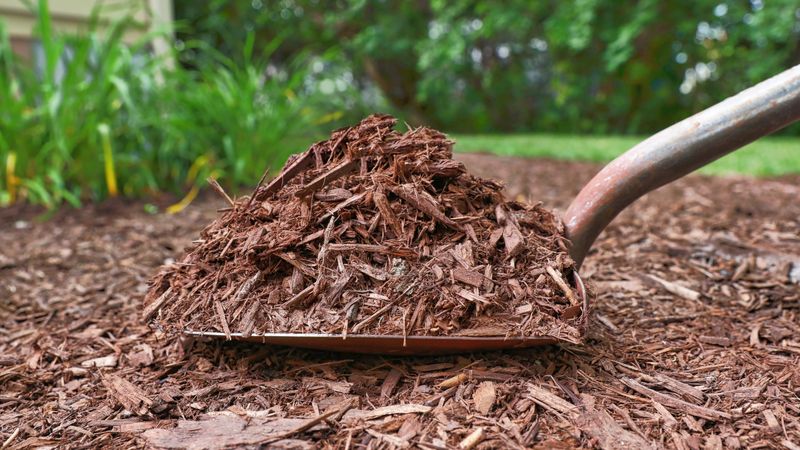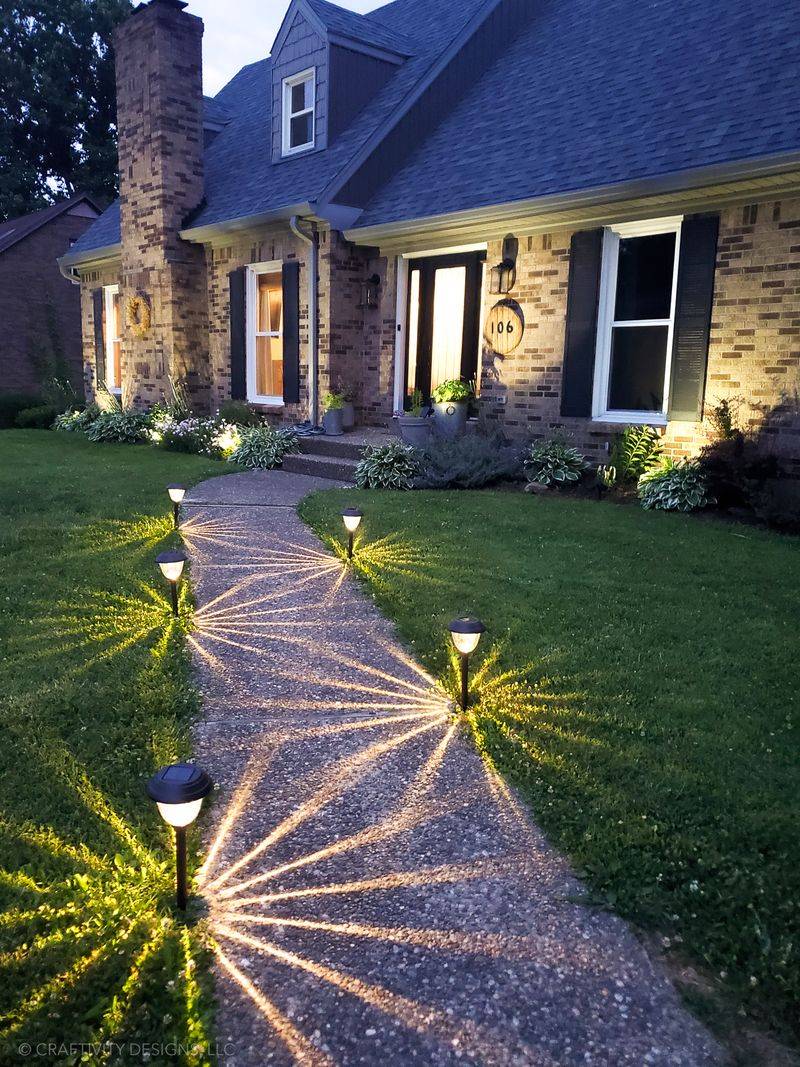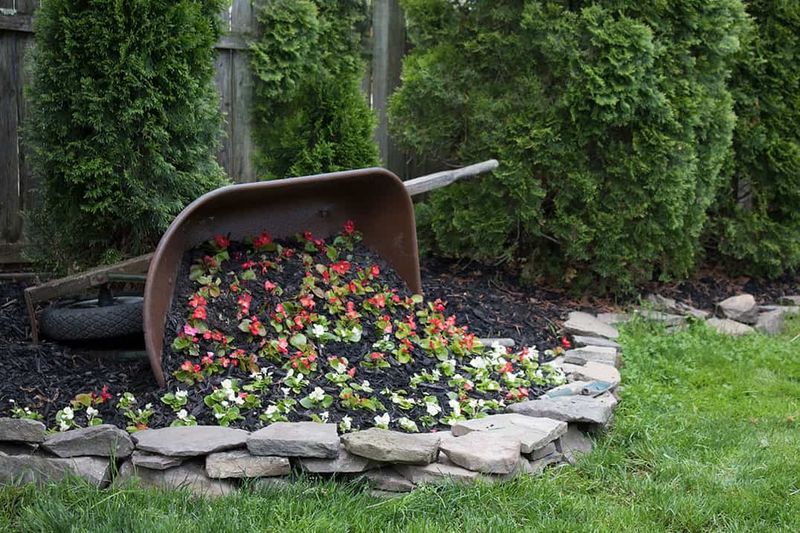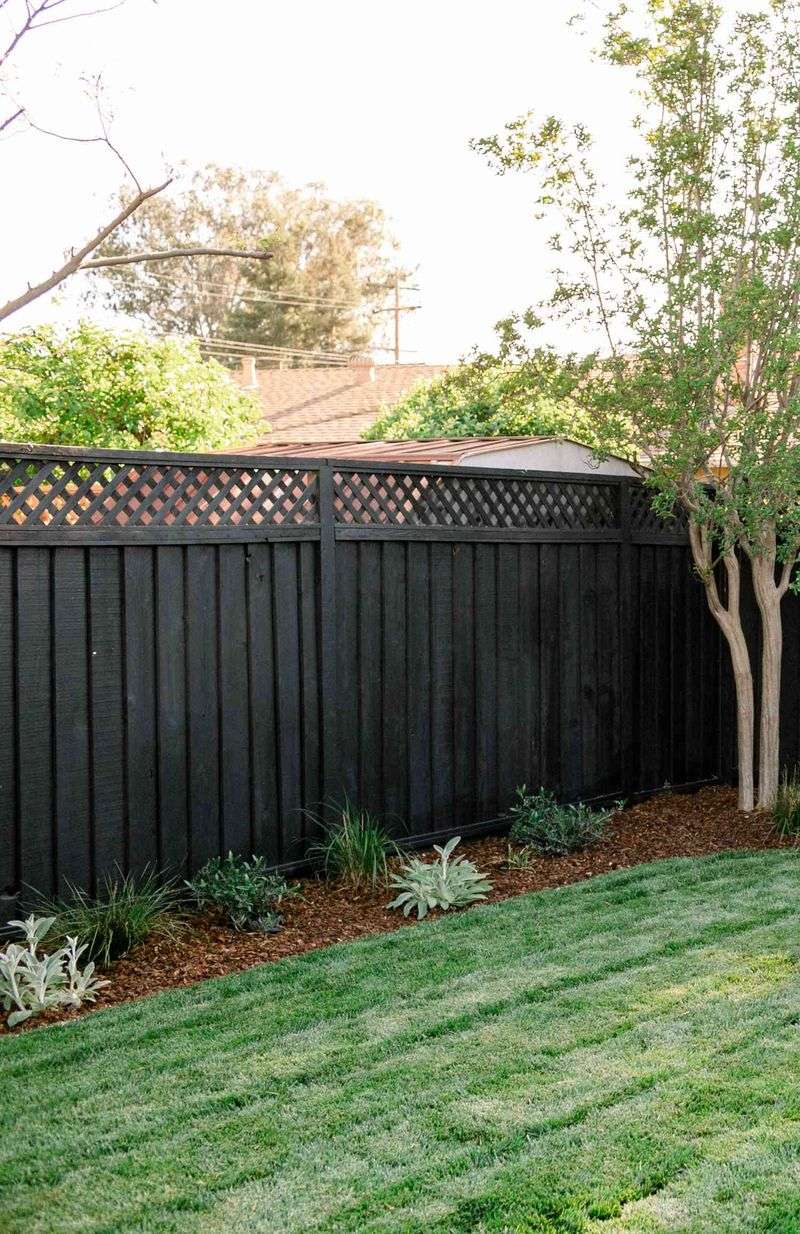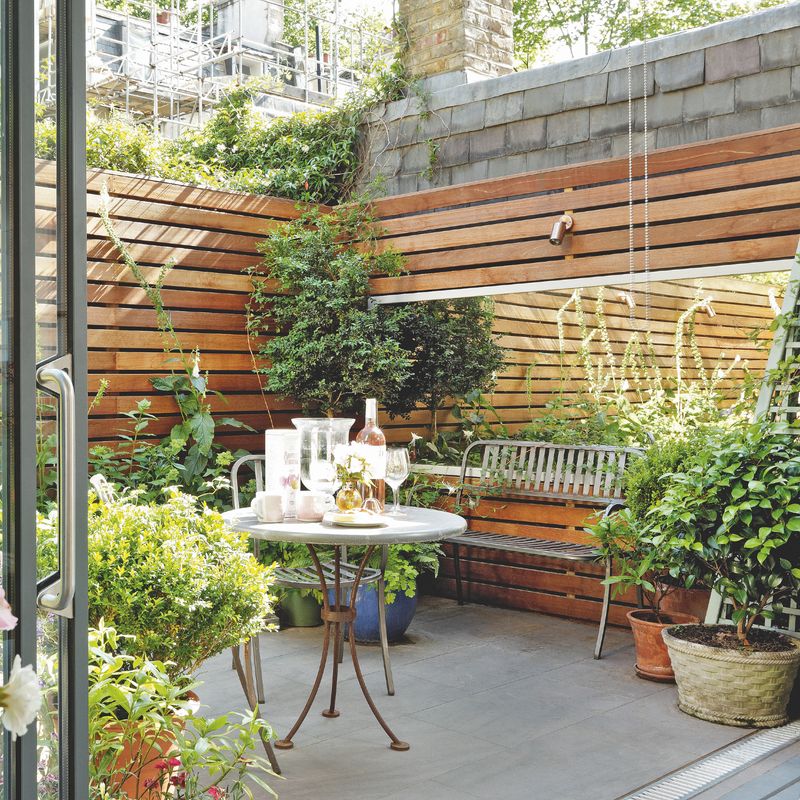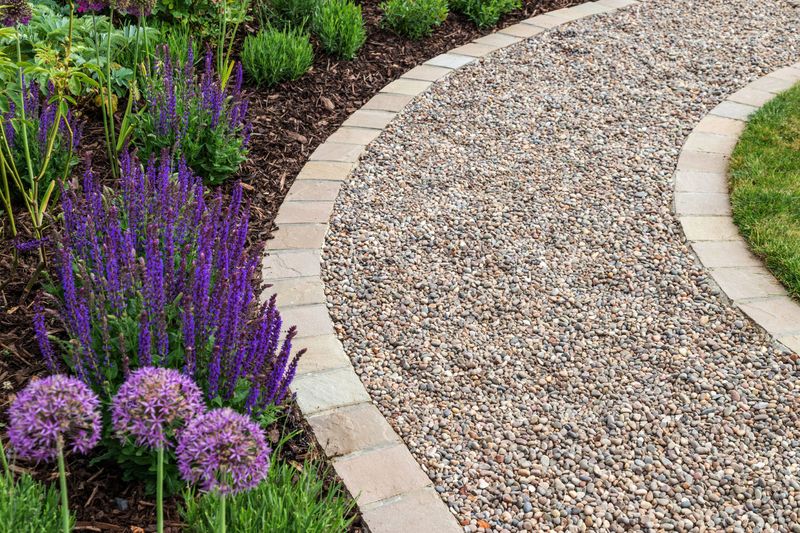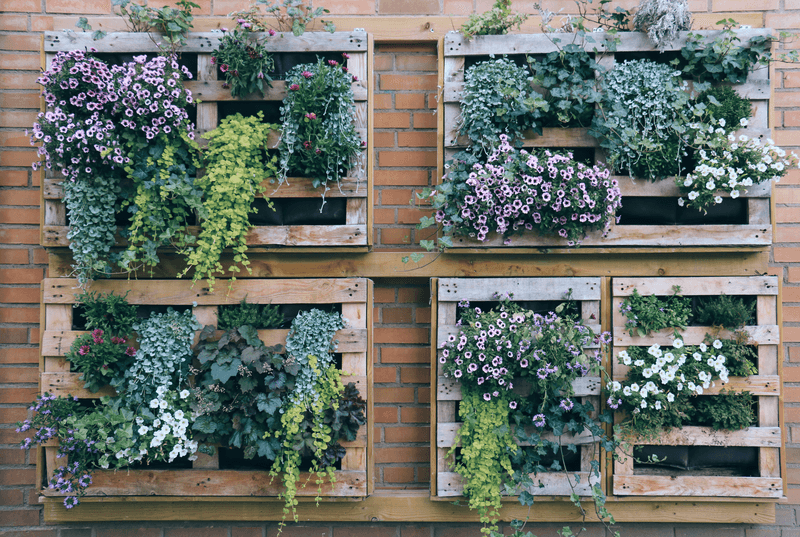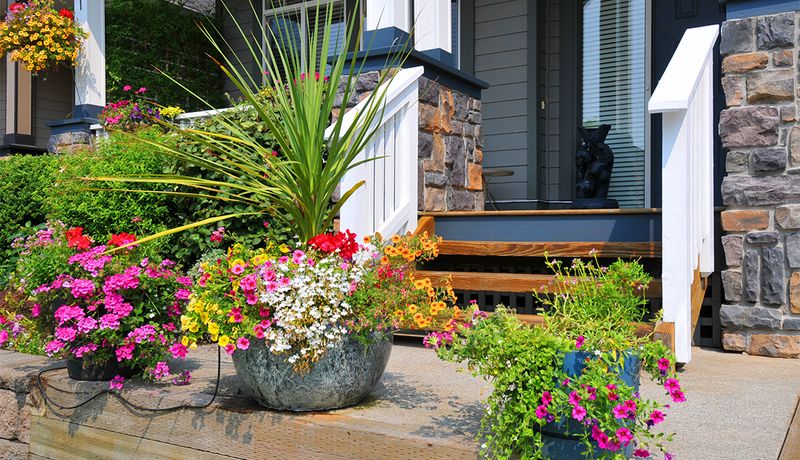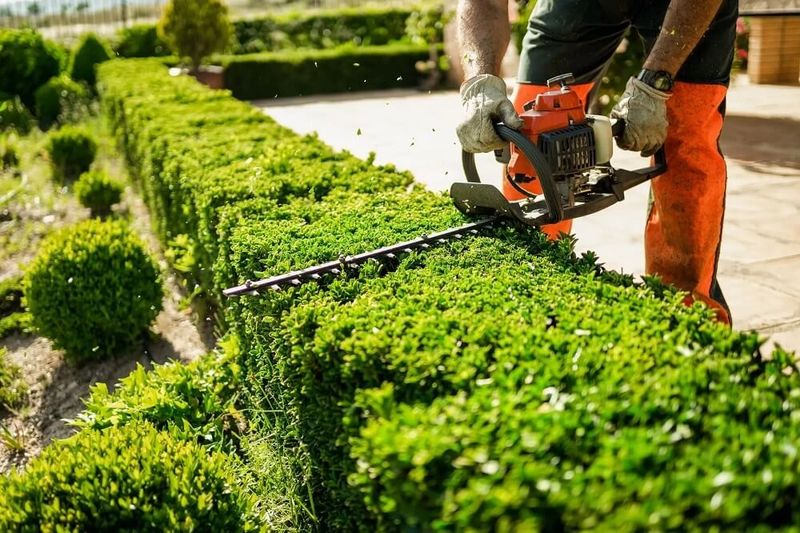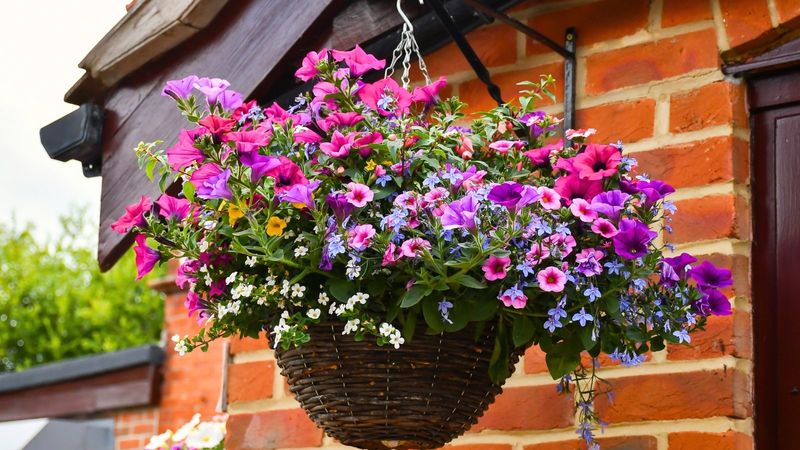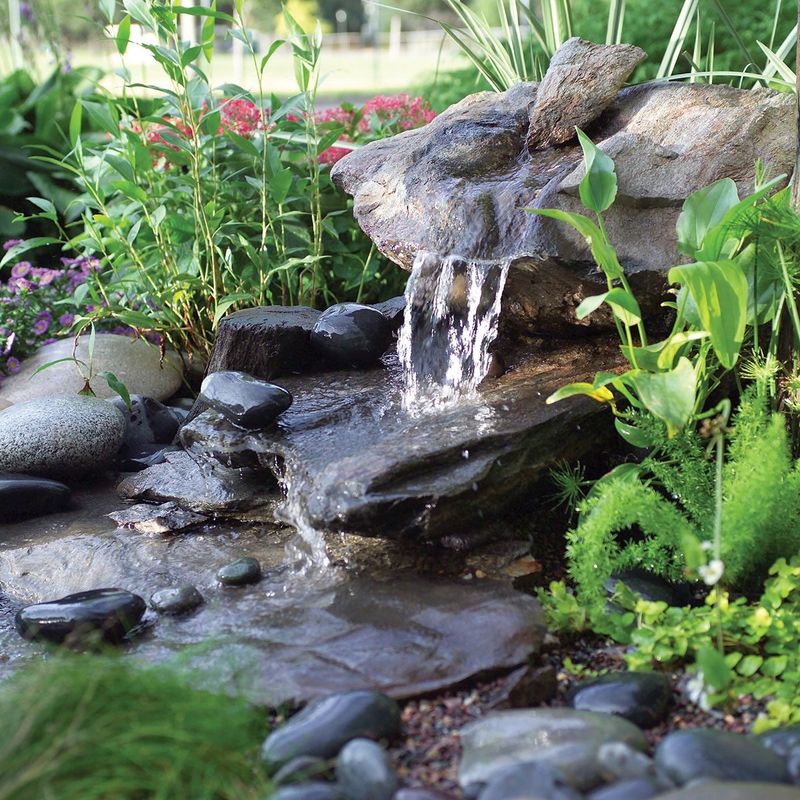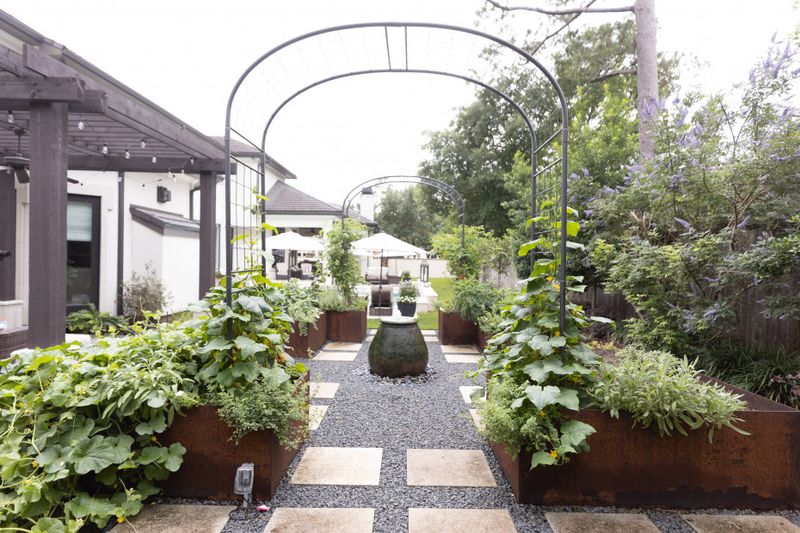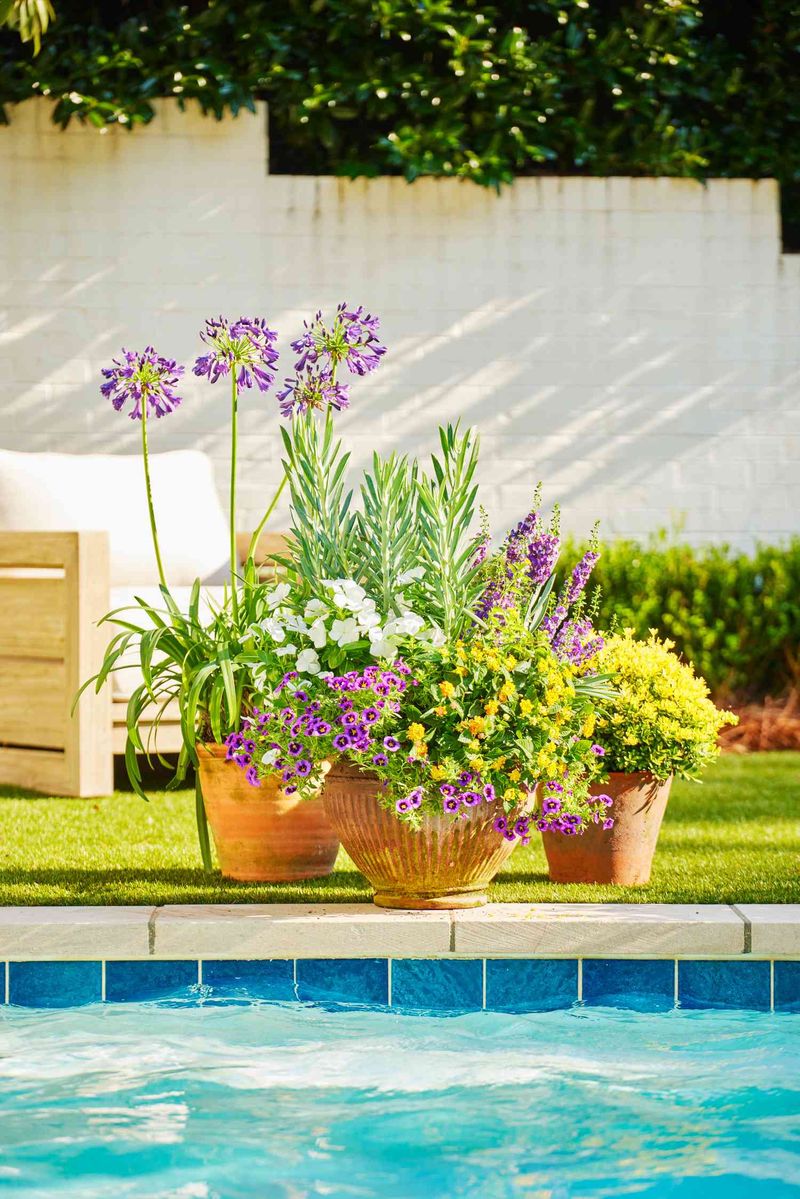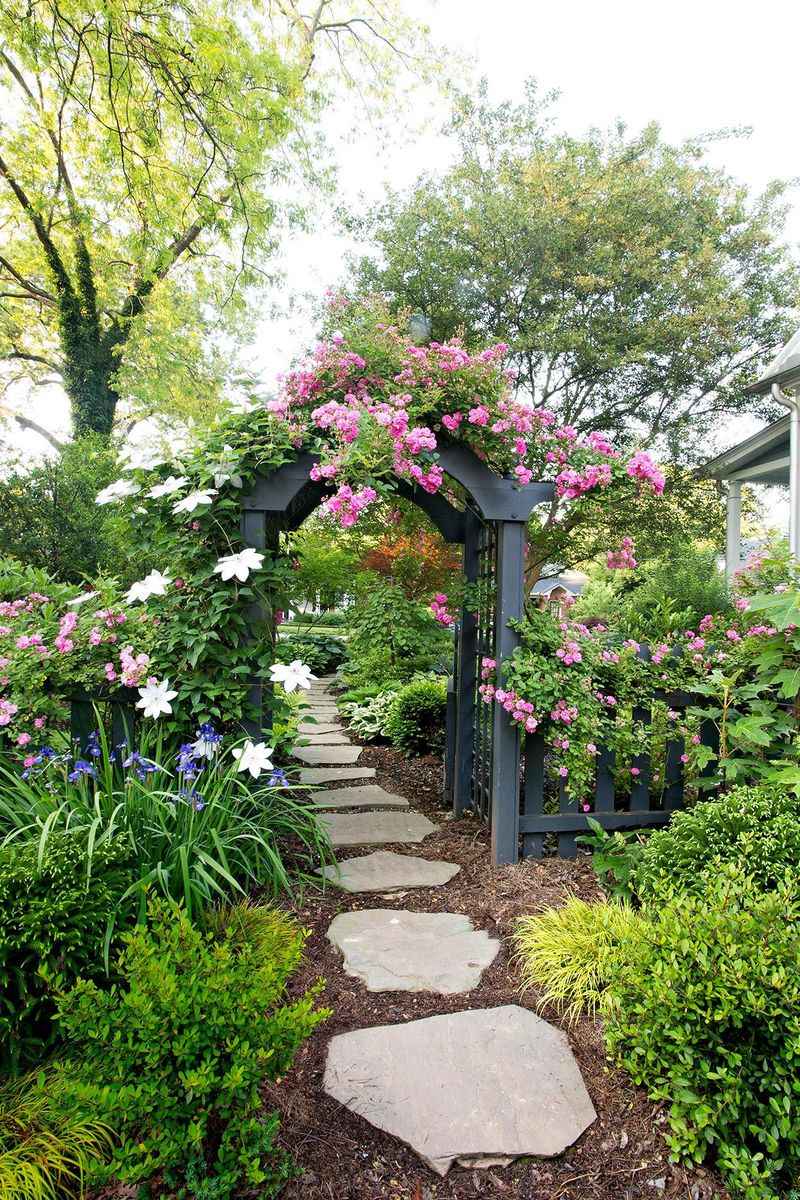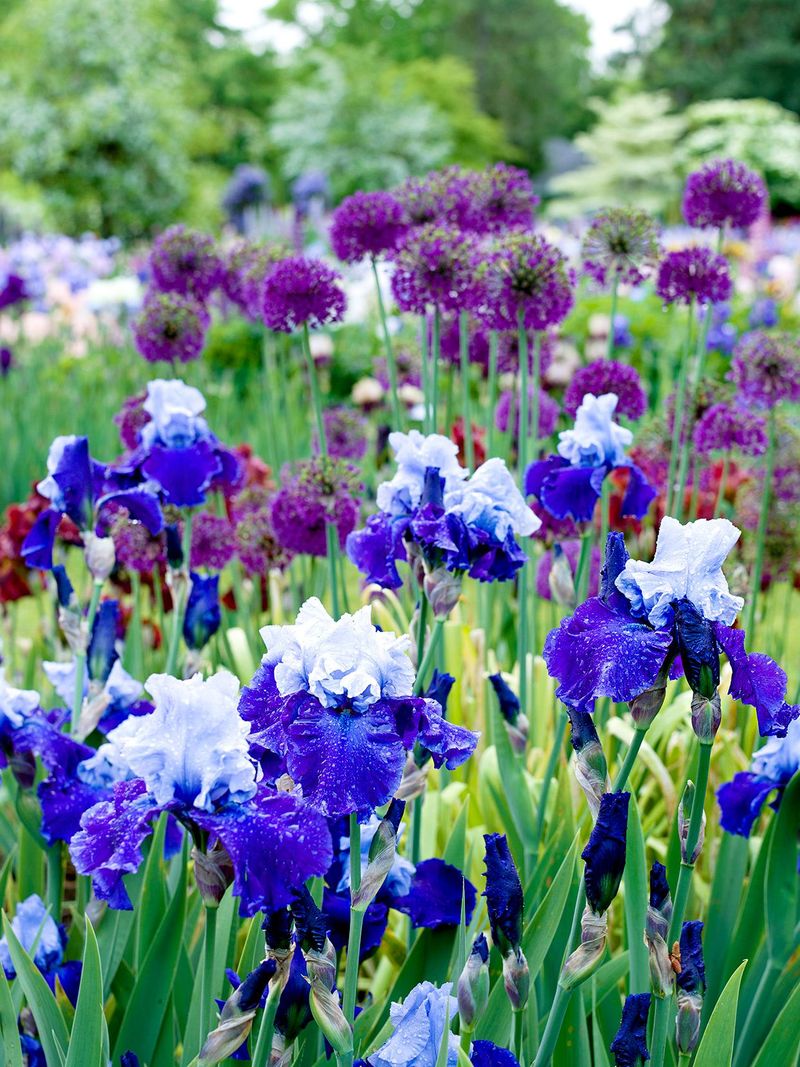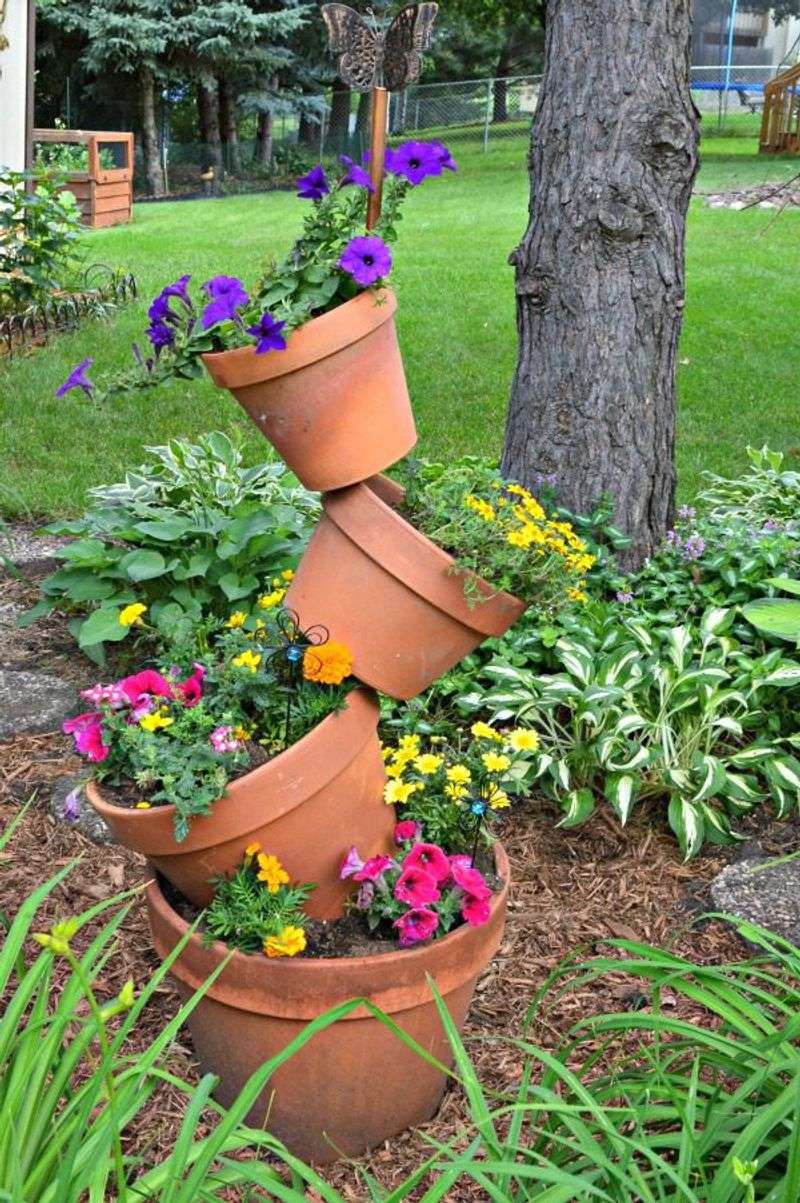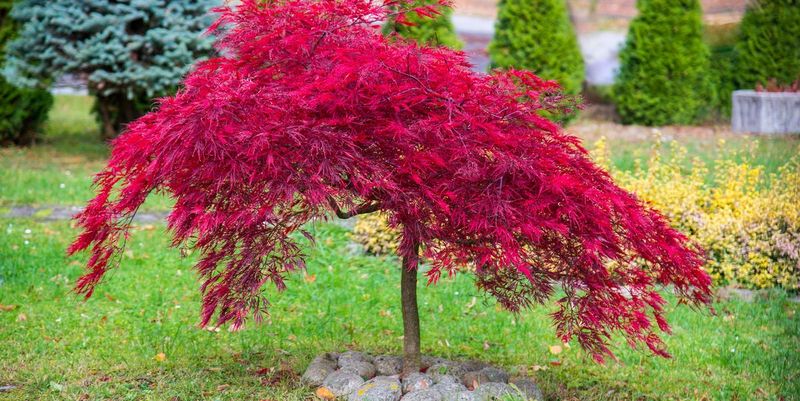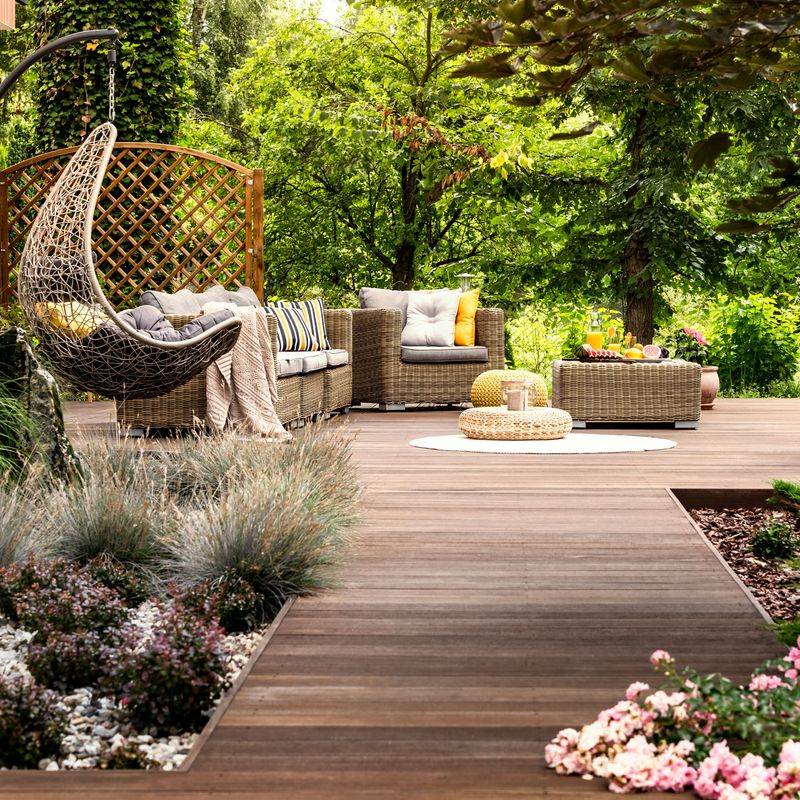Creating a garden that looks like it belongs in a glossy magazine doesn’t have to drain your bank account.
With some clever tricks and a bit of elbow grease, you can transform your outdoor space into something that looks professionally designed.
The secret lies in understanding where to invest your time rather than your money, and knowing which affordable elements create the biggest visual impact.
1. Layered Planting for Depth
Ever noticed how fancy gardens have that lush, full look? The secret is placing taller plants at the back and gradually stepping down to shorter ones in front.
This simple technique creates visual depth that makes your garden appear larger and more intentionally designed. For maximum impact, choose plants with varied textures and complementary colors that bloom at different times throughout the season.
2. Crisp, Defined Garden Edges
Nothing says ‘professional landscaping’ quite like clean, sharp edges between your lawn and garden beds. With just a spade and some muscle power, you can create that manicured look that screams high-end.
Maintaining these borders regularly prevents grass from invading your beds while creating visual organization. For extra polish, consider installing inexpensive plastic edging or repurposed materials like bricks laid at an angle.
3. Strategic Mulching
Mulch is the unsung hero of upscale-looking gardens! Beyond its practical benefits of weed suppression and moisture retention, a fresh layer of mulch instantly elevates your garden’s appearance.
Choose natural-looking options like pine straw, bark chips, or cocoa hulls rather than dyed varieties. Apply a 2-3 inch layer around plants, but keep it from touching stems directly. The rich, uniform color creates a cohesive backdrop that makes plants pop.
4. Solar Pathway Lighting
Magical is how your garden will look at night with strategically placed solar lights guiding the way. These affordable fixtures charge during the day and automatically illuminate your walkways after sunset.
For a designer look, avoid placing lights in straight lines – stagger them slightly for a more natural flow. Choose fixtures with a similar finish (brushed metal or matte black work well) to maintain a cohesive aesthetic throughout your outdoor space.
5. Repurposed Vintage Containers
Scouting thrift stores and yard sales can yield incredible finds that add character to your garden. Old galvanized tubs, wooden crates, or ceramic crocks make fantastic planters with tons of personality.
The patina of age on these items adds an authenticity that new items can’t match. Group containers of varying heights for visual interest, and fill them with cascading plants to soften edges. These conversation pieces often cost a fraction of new decorative planters.
6. Fresh Fence Paint
A can of paint might be your most powerful budget-friendly landscaping tool! Refreshing fences or garden structures with a coat of quality exterior paint creates an instant transformation.
Sophisticated dark colors like charcoal, deep green, or navy make plants pop while adding depth to your garden. White or light neutrals create a crisp, clean backdrop. Consider a semi-gloss finish that sheds dirt more easily and stands up to weather.
7. Strategic Mirror Placement
Ready for a designer trick that fools the eye? Outdoor-safe mirrors strategically placed can double the apparent size of your garden space while reflecting light and greenery.
Mount them where they’ll capture interesting views or on walls that need visual interest. Weather-resistant options exist, but you can also upcycle old windows or frames with mirror spray paint. Just ensure they’re securely fastened and positioned to avoid confusing birds.
8. Gravel Pathways
French chateaus and English estates often feature the simple elegance of gravel pathways – and you can too! Compared to pavers or concrete, gravel is significantly less expensive while offering that satisfying crunch underfoot.
Define path edges with inexpensive metal edging or buried lumber for a clean look. Choose angular gravel that compacts well rather than rounded pebbles. A layer of landscape fabric underneath prevents weeds while allowing drainage.
9. Vertical Garden Elements
Looking up is the secret to maximizing small spaces! Vertical gardening creates drama while using minimal square footage – perfect for budget-conscious gardeners with limited space.
Trellises, wall planters, and hanging baskets draw the eye upward and create layers of interest. Even a simple wooden lattice panel can be transformed with climbing plants like jasmine or clematis. For an instant vertical garden, repurpose a shoe organizer or pallet into a wall of cascading herbs.
10. Statement Container Plantings
Sometimes less truly is more. Rather than scattering many small pots around your garden, invest in one or two larger, high-quality containers for greater visual impact.
Place these focal points at key locations like entryways or patio corners. Fill them with a simple formula: a tall, structural plant; several mid-height, fuller plants; and trailing varieties spilling over the edges. This “thriller, filler, spiller” approach creates professional-looking arrangements.
11. Precision-Trimmed Hedges
Sharp lines and clean silhouettes instantly communicate careful maintenance, even in modest gardens. Regularly trimmed hedges create structure and formality that elevates your entire landscape.
You don’t need expensive plants – even common boxwood or privet can look luxurious when meticulously shaped. Invest in quality hand shears for detailed work and maintain your hedges regularly. Simple geometric forms like cubes or gentle curves offer the biggest impact for minimal effort.
12. Lush Hanging Baskets
Floating gardens suspended at eye level instantly draw attention and add a touch of whimsy to any outdoor space. The secret to professional-looking hanging baskets isn’t expensive containers but abundant, cascading plants.
Choose trailing varieties like petunias, verbena, or sweet potato vine. Plant densely – at least 7-9 plants per basket – for immediate fullness. Mix flowering plants with interesting foliage for contrast. Water frequently, as hanging baskets dry out faster than ground plantings.
13. DIY Water Features
Soothing sounds of trickling water create an instant atmosphere of tranquility and luxury. Contrary to popular belief, water features don’t require expensive equipment or professional installation.
Consider repurposing ceramic pots, galvanized tubs, or even glass bottles into bubbling fountains. Solar-powered pumps eliminate the need for electrical work. Even a simple bird bath surrounded by plants creates a focal point that attracts wildlife while adding that coveted water element.
14. Symmetrical Plantings
Humans are naturally drawn to symmetry – it’s why formal gardens throughout history have employed this powerful design principle. Creating mirror-image plantings on either side of a path or entrance instantly communicates intentional design.
Match containers, plant types, and colors for maximum impact. Even in casual gardens, symmetrical elements add structure and sophistication. This approach is especially effective for framing focal points like garden benches, water features, or entryways.
15. Clustered Container Gardens
Grouping pots together creates more visual impact than scattering them throughout your space. Professional designers often use this trick to create focal points without breaking the bank.
Vary heights, shapes, and sizes while maintaining a cohesive color palette for containers. Place taller plants in the back, medium ones in the middle, and trailing varieties in front. Even inexpensive terracotta pots look sophisticated when grouped thoughtfully and filled with lush plantings.
16. Strategic Climbing Vines
Mother Nature’s artwork comes in the form of climbing vines that transform ordinary structures into living sculptures. A simple arbor, fence, or trellis becomes extraordinary when adorned with flowering climbers.
Fast-growing options like morning glory, clematis, or jasmine provide dramatic results in just one season. Train vines by gently tying new growth to supports with garden twine. The vertical element they create draws the eye upward, adding dimension to your garden while softening hard architectural lines.
17. Color-Coordinated Seasonal Flowers
Professional gardens achieve that cohesive, designed look by limiting color palettes rather than including every rainbow hue. Selecting flowers in complementary or monochromatic schemes creates sophisticated visual harmony.
Try cool combinations like purples, blues, and silvers, or warm groupings of yellows, oranges, and reds. Even white-only gardens make a dramatic statement. For maximum impact with minimal investment, concentrate colorful annuals near high-visibility areas like entryways and seating areas.
18. Handcrafted Garden Art
Personality-filled gardens often feature unique artistic elements that reflect their owners’ creativity. Crafting your own garden art not only saves money but adds one-of-a-kind character impossible to achieve with mass-produced decor.
Transform found objects like vintage tools, colorful bottles, or driftwood into sculptural elements. Mosaic projects using broken plates or tiles can embellish stepping stones or planters. Even simple painted rocks can become charming garden markers or decorative borders.
19. Strategic Specimen Trees
Every magazine-worthy garden features at least one showstopper plant that serves as a focal point. While mature trees can be expensive, strategic selection of smaller specimens can create similar impact without the premium price.
Japanese maples, dwarf conifers, or ornamental fruit trees offer four-season interest in compact packages. Plant them where they’ll be highlighted – visible from windows or beside seating areas. Underplant with complementary perennials to create a cohesive vignette.
20. Thoughtfully Placed Seating
Gardens aren’t just for looking at – they’re for experiencing! Even simple benches or chairs strategically positioned create destination points that invite exploration and enjoyment of your outdoor space.
Place seating where it captures the best views or morning sunlight. Frame these areas with plants to create intimate, room-like spaces. Even inexpensive plastic chairs look intentional when painted in a bold color and surrounded by thoughtful plantings.

